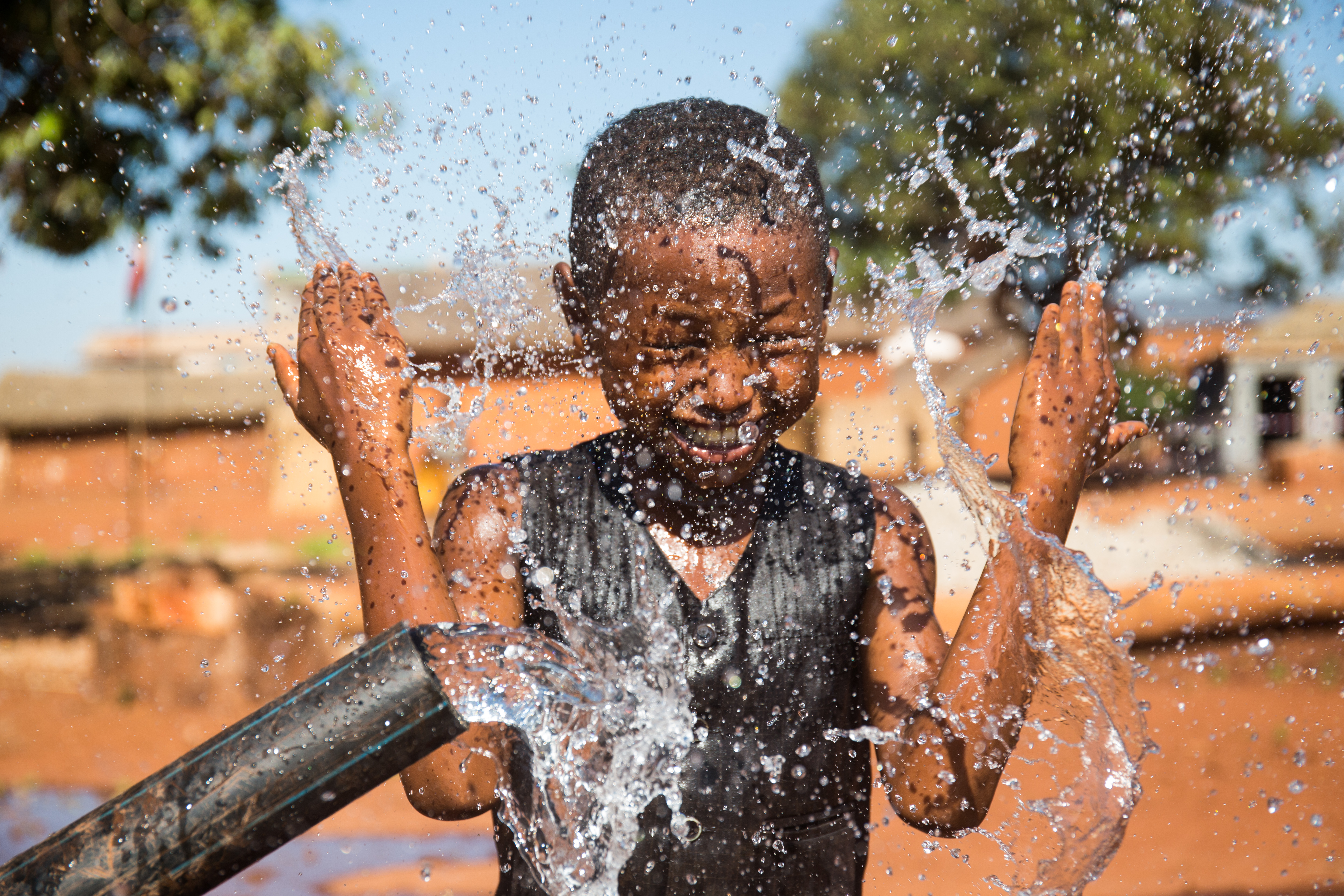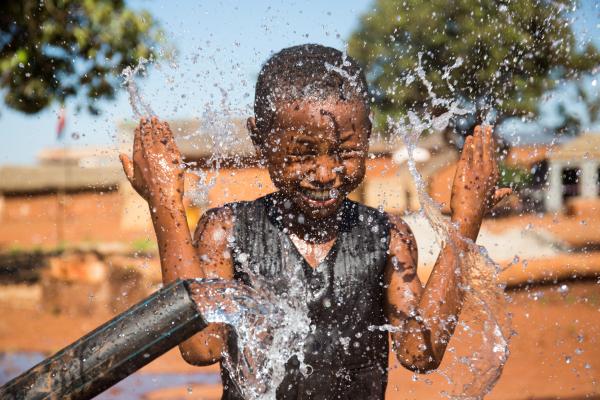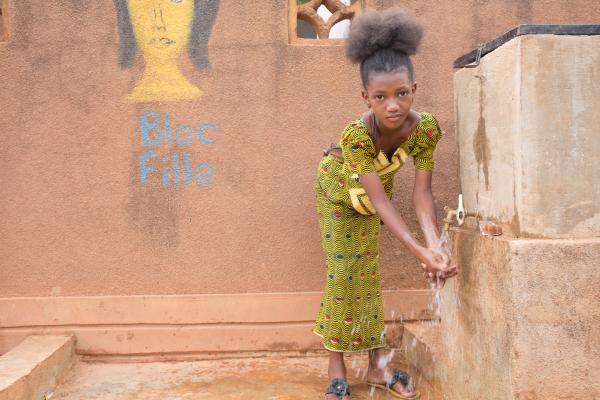KID REPORTERS’ NOTEBOOK
Addressing the Global Water Crisis


A 12-year-old boy cools off at the water supply line in his village in Madagascar, an island country off the coast of East Africa.
What if you had to walk more than three miles to the nearest water source? Imagine having to walk back carrying a 40-pound jug as your bare feet slap the hot, dry ground. For 17 million women and children around the world, this is a reality.
Although most of the Earth is covered by water, only 2% of it is drinkable. According to the United Nations, water scarcity affects every continent, with 73% of the people affected living in Asia. In the African country of Madagascar, almost half the population lacks access to clean water.
According to Ria Wilson, a communications assistant at WaterAid Canada, water scarcity affects not only people in rural areas, but also in cities and suburbs.
“Water connects everything,” Wilson told me during a recent interview. With clean water and good hygiene, more kids can get an education, a good job, and break the cycle of poverty. Water is also crucial for mothers to give birth to healthy babies.

Kadida, 7, washes her hands at her school in Mali, a landlocked country in Africa.
UNEQUAL DISTRIBUTION
“There are two main reasons for water scarcity,” Wilson said. “Physical water scarcity means that there isn’t enough water to go around, and economic water scarcity means that there might be water, but it isn’t available to all people equally.”
Physical scarcity is mostly due to climate change. Economic scarcity happens when water resources are unevenly distributed because of inequality, geographic location, or the mismanagement of water resources.
In developing countries, people in cities face the threat of water scarcity due to increased urbanization, with each individual getting a smaller piece of the “water pie.”
The water supply in cities is also more prone to pollution because of improper waste disposal, which further reduces the amount of available clean water.
FINDING SOLUTIONS
WaterAid and other similar organizations work with local partners to build sustainable systems for water access. “The need is based on discussions with local government and communities,” Wilson said. “It’s important to have local buy-in.”
After identifying the needs of the community and determining solutions, WaterAid sets goals to provide accountability and monitor outcomes.
“Climate change poses a huge threat,” Wilson said. She urges young people to “write to a member of your government about the issue, and put pressure on them to prioritize access to clean water on a global scale.”
Other measures include educating yourself and others about the water crisis, taking briefer showers, and making sure not to leave water running.
